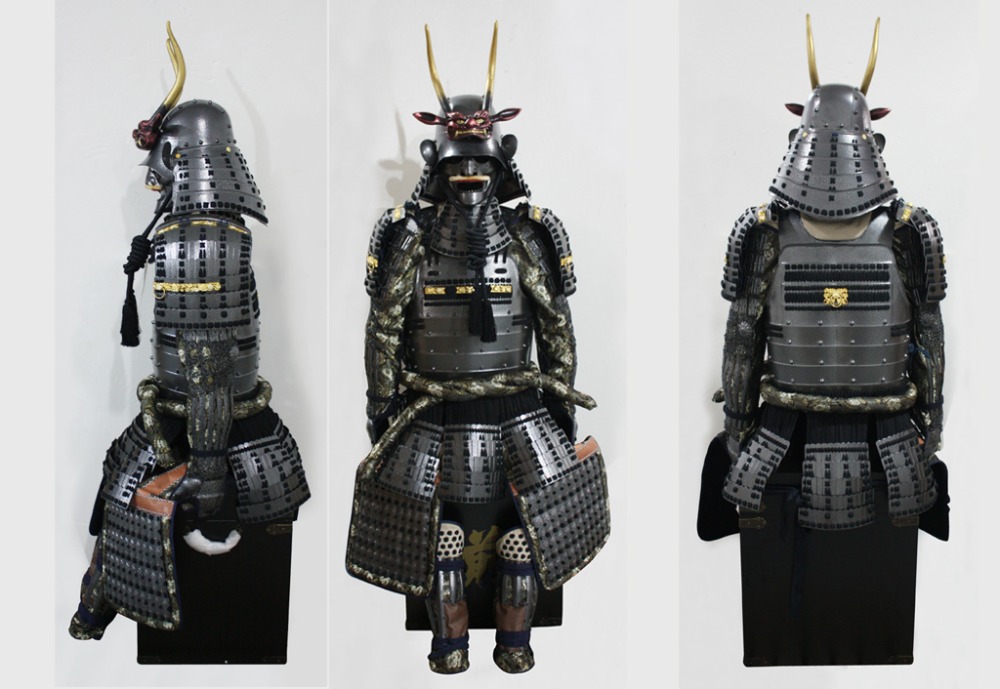
The legend of the samurai is woven into the culture of Japan. Dutiful, stoic and formidable, samurai were bound to the code of bushido, protecting their lords and masters at any cost. In order to carry out their duty, samurai relied on a variety of equipment, and one of their most important assets was armour.
Traditional samurai armour is striking for how intimidating it looks. This was deliberate on the part of the warriors, as they wanted to terrify their opponents in battle. A great amount of detail went into the forging of the armour, with each piece being intricate and durable. Let’s take a closer look at samurai armour and see how it was made.
Construction process
While there are a few different styles of Japanese armour, each type was generally constructed in a similar way. Armour was made from iron (tetsu) and leather (nerigawa) scales connected to each other with rivets and macramé cords.
Noble houses usually had bespoke silk cords made with specific patterns. Normally constructed with over 100 strands of silk, the cords took months of hard work. The nature of the materials ensured a lightweight armour suited to the everyday tasks of the samurai, which might include archery, horse riding and swordsmanship.
A full suit of traditional samurai armour featured several important components:
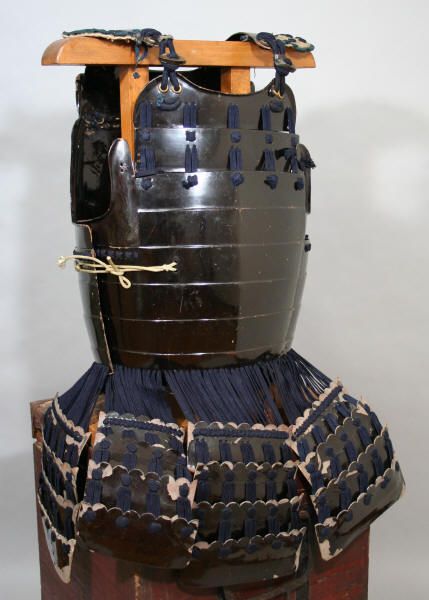
Dou
The dou was the main body of the armour. Made from leather and iron plates of different sizes, the cuirass fitted over the chest.

Kusazuri
The kusazuri made up the lower part of the dou and protected the hips, legs and groin area. Crafted from leather or iron, it hung from the front and back of the dou.

Sode
The sode were massive plates attached to the upper part of the dou and protected the samurai’s shoulders.
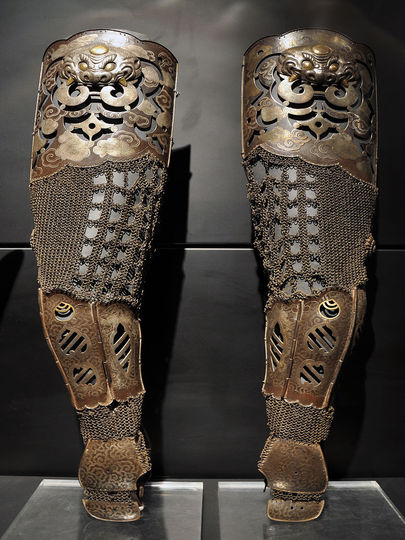
Kote
Kote were armoured sleeves that extended to the shoulder. They were made from a combination of silk brocade, metal plates and inner quilting. They also featured gauntlets (tekko) which protected the back of the hands.

Kabuto
Made from iron or leather plates riveted together, the kabuto provided protection for the samurai’s head and face. Kabuto also came with a shikoro neck guard attached to the bottom of the helmet.
Kabuto helmets carried symbolic meaning for samurai and there are a few Japanese proverbs connected to them. For example, the phrase katte kabuto no o o shimeyo translates to “tighten the string of the kabuto after winning the war.” This means that a warrior shouldn’t become complacent and must always keep their guard up.

Mengu
Arguably the most iconic part of samurai armour, mengu were lacquered masks worn to strike fear into the heart of enemies. Made from either leather or metal, the mask was designed in such a way that it could be tied securely to the heavy kabuto. Typical mengu designs were moustaches, sharp teeth and demonic eyes.

Haidate
The lower portion of the armour was made up of haidate thigh guards. Crafted from cloth with small iron or leather plates, they provided excellent leg protection.

Suneate
Suneate were shin guards made out of iron splints and tied around the calf.

Kogake
Kogake were armoured foot coverings fashioned in the distinctive Japanese ‘split-toe’ tabi style. They were paired with waraji-gake-tabi socks made from cotton linen. Typically, samurai would lace their kogake into the waraji for added comfort.
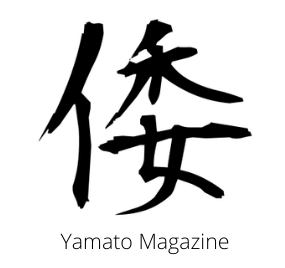
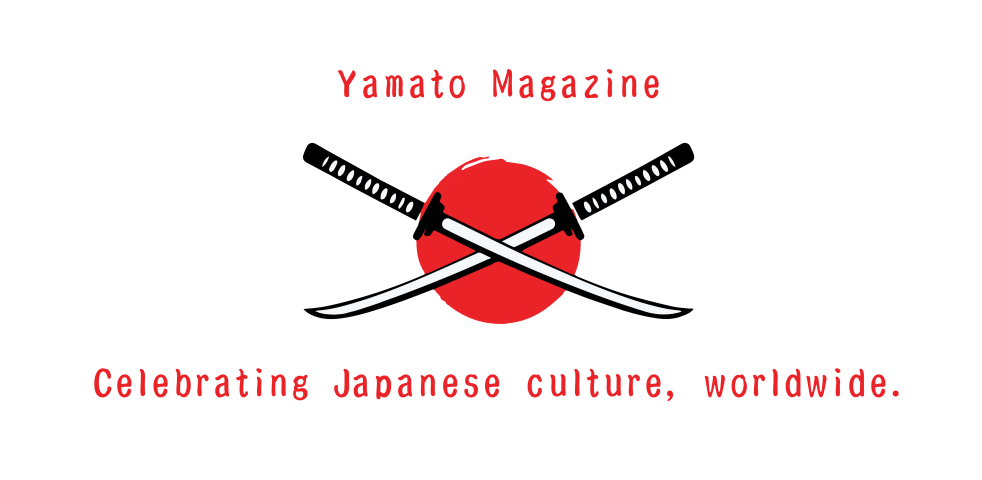
Armour is always so fascinating to me. It’s insane how intricately it has to be put together, but looks almost seamless from afar.
LikeLiked by 1 person
I agree. The intricacy of it is amazing and the expertise of the samurai armour makers is legendary.
LikeLiked by 2 people
Wow, I like the break down of the armour and the explanation.
LikeLike
Thanks!
LikeLiked by 1 person